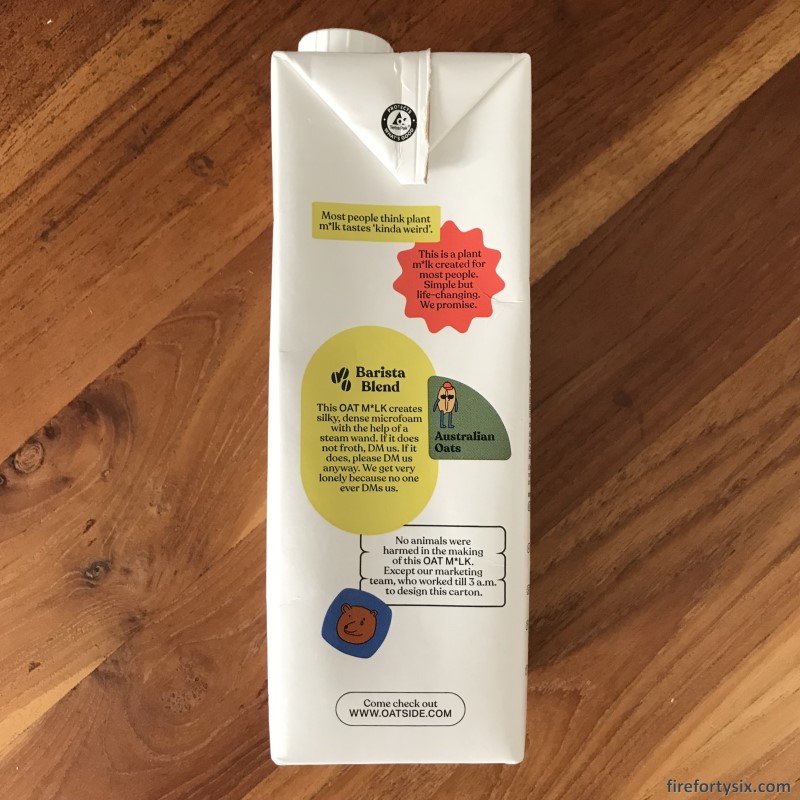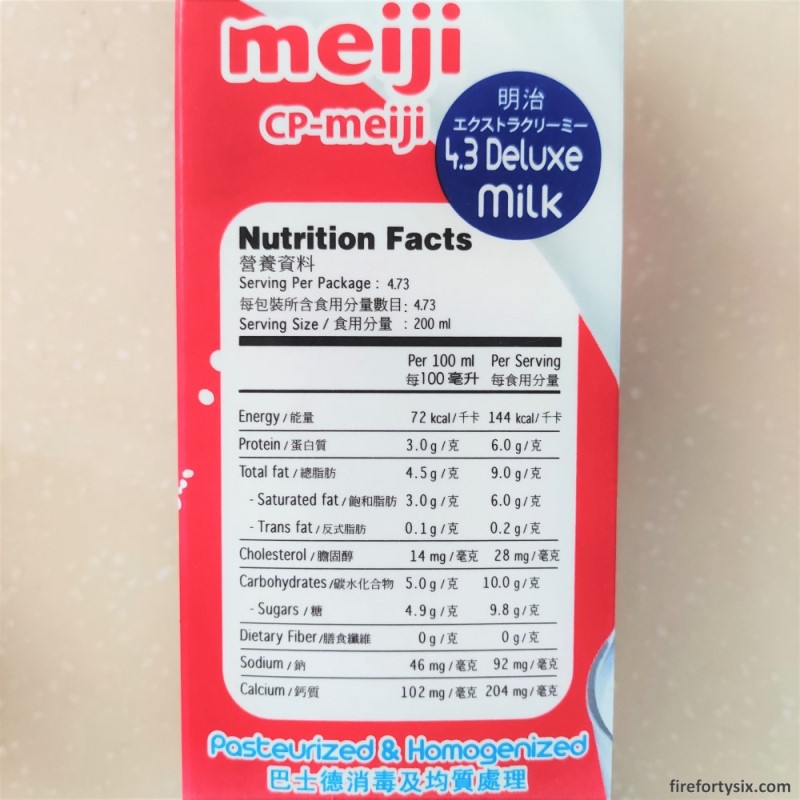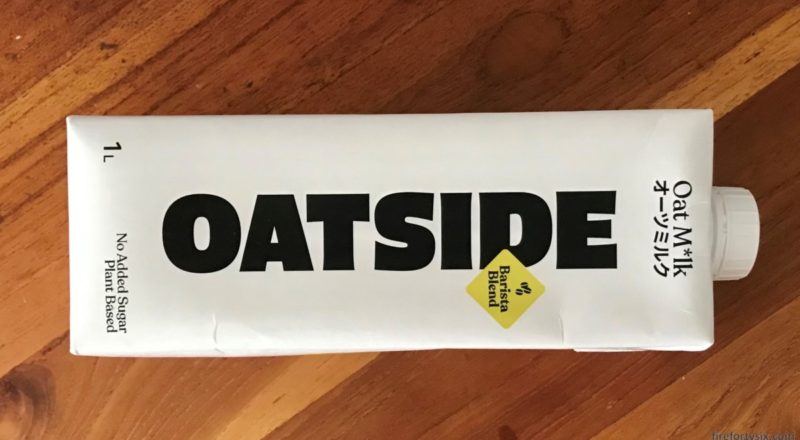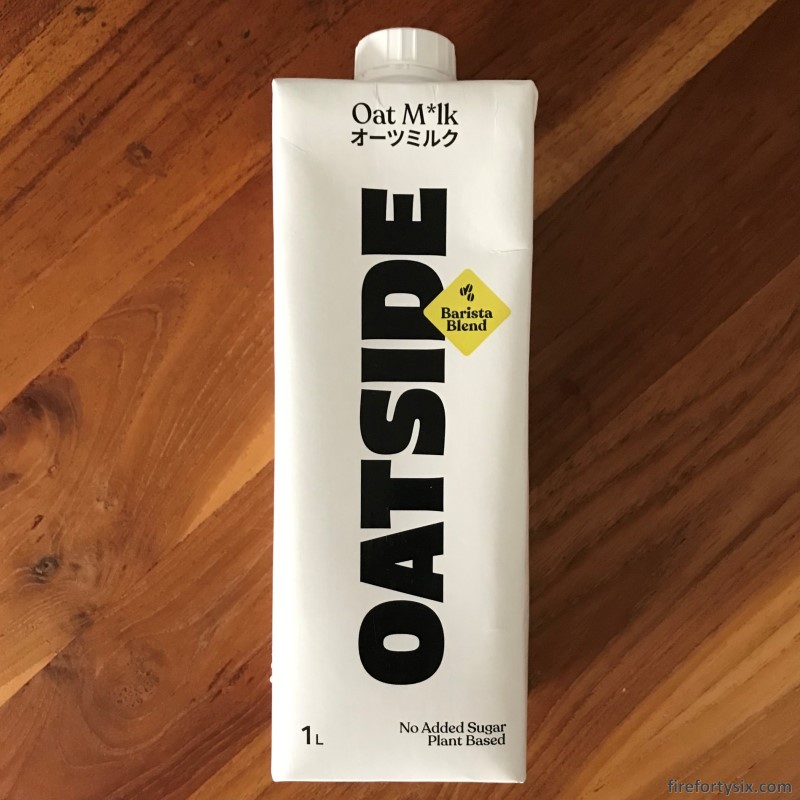Plant-based alternative foods are getting popular and have even started appearing on the shelves and fridges of regular supermarkets.
Many restaurants have added menu items made with these ingredients, and numerous cafés now offer non-dairy vegan options for their “milk” drinks.
It seems inevitable that they will go mainstream, and we thought that we should at least give them a try.
We started with plant-based “meat” like Impossible and Beyond, in dishes like Western burgers and Chinese fried rice. While the texture was similar to their animal equivalents, there was a discernable difference, especially after some chewing.
They also tasted a bit strange, and frankly, not to our liking. The ingredient list was quite scary to read, with numerous artificial additives, presumably to replicate the flavour and texture of animal meat.
The Wife has also been drinking almond and pistachio milk after her badminton sessions, and got me to try some. I found them weak and watery and nowhere near the rich creaminess of cow milk.
After the disappointing 0 for 2 result, I was ready to forgo modern plant-based alternatives and stick with regular vegetarian food. But before giving up completely, there was one last thing I wanted to try — oat milk in my espresso.
There are several popular brands, including Oatly, Otis and Minor Figures, among others. The one that caught my attention was Oatside, a local Singaporean brand that has been receiving good reviews.
We bought a carton of the Oatside Barista Blend online and, after steaming it with our Nespresso Creatista Plus, put it into our espresso made with Jewel Coffee capsules.
My default coffee milk is the wonderfully rich and creamy Meiji 4.3 Deluxe a.k.a. Meiji Red. Most places sell it at S$5.95 for two (almost) 1L cartons. The Oatside Barista Blend was going for S$6.00 for just one 1L carton. Yikes!
And Oatside is not the only brand of oat milk that’s selling at a premium. Other brands were also going at similar price points. As with all new product categories, initial pricing is much higher relative to the incumbents that they’re hoping to displace.
After sales ramp up and economies of scale kick in, prices tend to drop and normalise. So I’m expecting oat milk prices to approach their dairy equivalent if/when demand picks up.
Packaging-wise, Oatside chose to go with a quirky minimalist approach. I assume that the addition of katakana is to make it seem more fancy, instead of any serious attempt to target the Japanese market.
The marketing copywriters did get a giggle out of me though, with their self-deprecating humour when highlighting a key product feature.

When I drank my first cup of flat white made using the Oatside, I was surprised to find that it had a decent body and substantial mouthfeel. Nothing at all like the thin almond and pistachio milks that I tried previously.
And while it obviously didn’t have the same taste as cow’s milk, it did a good job of mellowing out the acidity from the espresso. There was also a lingering and pleasant aftertaste of, well, oats.
Can it be used to make latte art? Well, I’m not exactly the right person to ask, since my latte art tends to be more on the abstract side of things. But it did seem to me that the milk texture after steaming was quite close to what I’d get with the Meiji Red.
I was curious about the difference in nutritional content between the two, and made a side-by-side comparison based on information printed on the cartons.


It was not surprising to find that the Meiji Red had 5x the protein and almost 2x the sugar of the Oatside. But it was interesting to see that both contained similar amounts of energy and calcium.
So, nutritional content-wise, both types of milk were relatively close, with the oat milk being slightly healthier, having less fat and more minerals.
| Per 100ml | Oatside Barista | Meiji Red |
|---|---|---|
| Energy (kcal) | 65 | 72 |
| Protein (g) | 0.6 | 3.0 |
| Total Fat (g) | 3.2 | 4.5 |
| – Saturated Fat (g) | 0.3 | 3.0 |
| – Trans Fat (g) | 0 | 0.1 |
| Cholesterol (mg) | 0 | 14 |
| Carbohydrate (g) | 8.1 | 5.0 |
| – Sugars (g) | 2.8 | 4.9 |
| Sodium (mg) | 47 | 46 |
| Calcium (mg) | 98 | 102 |
| Potassium (mg) | 218 | n.a. |
| Phosphorous (mg) | 88 | n.a. |
The Wife quite liked the Oatside in her espresso and said that she would gladly drink it again. In fact, given a choice between that and Meiji Red, she wouldn’t mind either one.
As for me, while I enjoyed trying out the oat milk, Meiji Red still remains my default choice in a flat white. Of course, it also doesn’t hurt that it also happens to be half the price.
Note: This post contains affiliate links. If you use these links to buy something, I may earn a commission. Thanks.

